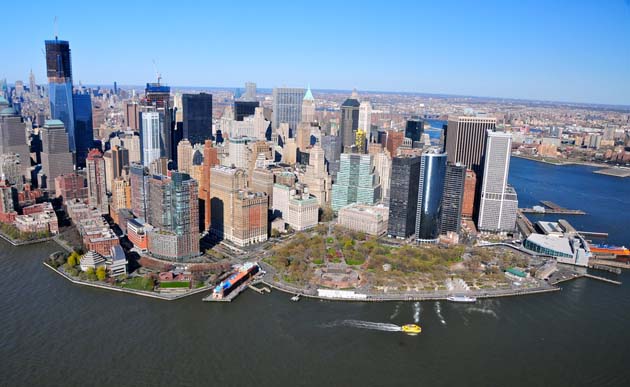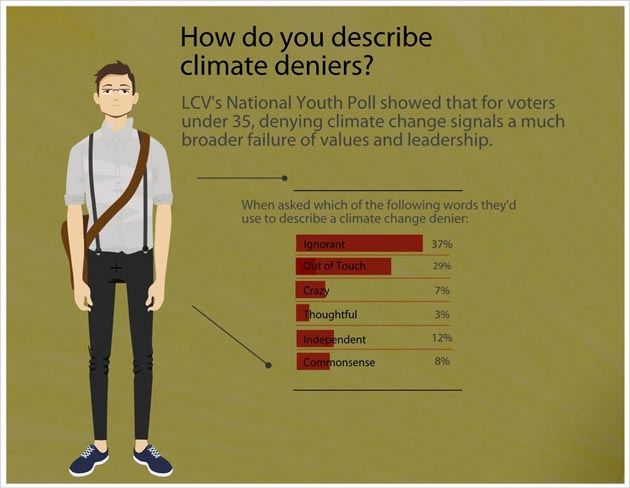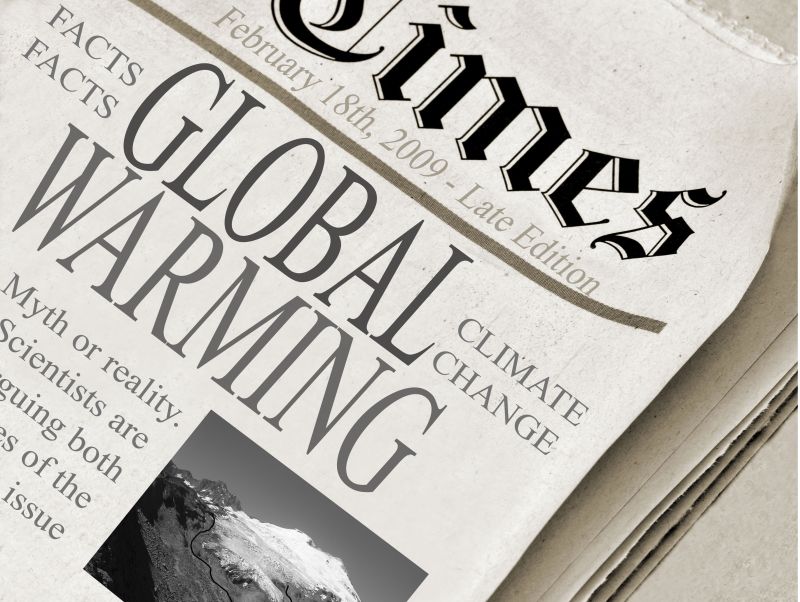
<a href="http://www.shutterstock.com/cat.mhtml?lang=en&search_source=search_form&search_tracking_id=9nipImMi36l2GCjXQlv2ig&version=llv1&anyorall=all&safesearch=1&searchterm=lower+manhattan&search_group=&orient=&search_cat=&searchtermx=&photographer_name=&people_gender=&people_age=&people_ethnicity=&people_number=&commercial_ok=&color=&show_color_wheel=1#id=109273016&src=A1ico2b05z7XXw728eOstw-1-3">Richard Cavalleri </a>/Shutterstock
This story first appeared in the Guardian and is reproduced here as part of the Climate Desk collaboration.
More than 1,700 American cities and towns—including Boston, New York, and Miami—are at greater risk from rising sea levels than previously feared, a new study has found.
By 2100, the future of at least part of these 1,700 locations will be “locked in” by greenhouse gas emissions built up in the atmosphere, the analysis published in the Proceedings of the National Academy of Sciences on Monday found.
The survey does not specify a date by which these cities, or parts of them, would actually fall under water. Instead, it specifies a “locked-in” date, by which time a future under water would be certain—a point of no return.
Because of the inertia built into the climate system, even if all carbon emissions stopped immediately, it would take some time for the related global temperature rises to ease off. That means the fate of some cities is already sealed, the study says.
“Even if we could just stop global emissions tomorrow on a dime, Fort Lauderdale, Miami Gardens, Hoboken, New Jersey will be under sea level,” said Benjamin Strauss, a researcher at Climate Central, and author of the paper. Dramatic cuts in emissions—much greater than Barack Obama and other world leaders have so far agreed on—could save nearly 1,000 of those towns, by averting the sea-level rise, the study found.
“Hundreds of American cities are already locked into watery futures and we are growing that group very rapidly,” Strauss said. “We are locking in hundreds more as we continue to emit carbon into the atmosphere.”
A recent study, also published in PNAS by the climate scientist Anders Levermann found each 1 degree Celsius rise in atmospheric warming would lead eventually to 2.3 meters of sea-level rise. The latest study takes those figures, and factors in the current rate of carbon emissions, as well as the best estimate of global temperature sensitivity to pollution.
For the study, a location was deemed “under threat” if 25 percent of its current population lives below the locked-in future high-tide level. Some 1,700 places are at risk in this definition. Even if bar is set higher, at 50 percent of the current population, 1,400 places would be under threat by 2100.
The list of threatened communities spans Sacramento, California—which lies far from the sea but would be vulnerable to flooding in the San Joaquin delta—and Norfolk, Virginia. The latter town is home to America’s largest navy base, whose miles of waterfront installations would be at risk of being locked in to future sea level rises by the 2040s. The Pentagon has already begun actively planning for a future under climate change, including relocating bases.
About half the population of Cambridge, Massachusetts, across the Charles River from Boston and home to Harvard and MIT, could be locked in to a future below sea level by the early 2060s, the study found. Several coastal cities in Texas were also vulnerable.
But the region at highest risk was Florida, which has dozens of towns which will be locked by century’s end. The date of no-return for much of Miami would be 2041, the study found. Half of Palm Beach with its millionaires’ estates along the sea front would be beyond saving by the 2060s. The point of no return for other cities such as Fort Lauderdale would come before that.
“Pretty much everywhere it seems you are going to be under water unless you build a massive system of dykes and levees,” Strauss said.
















